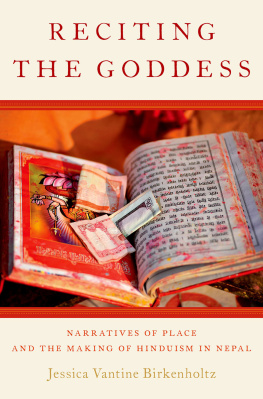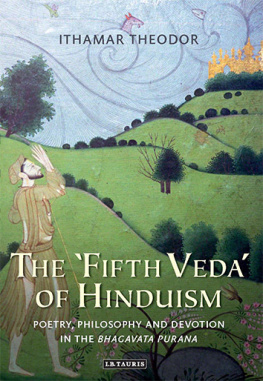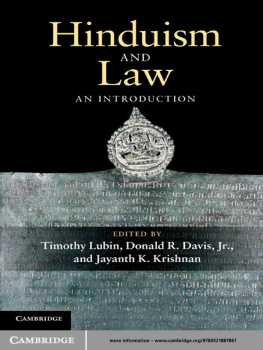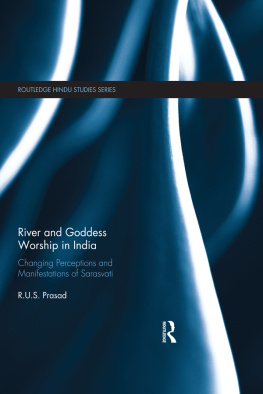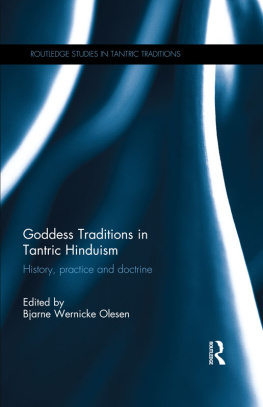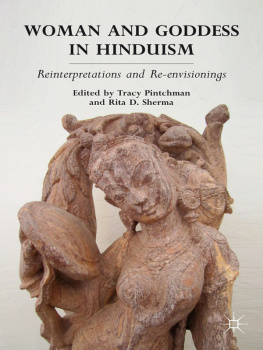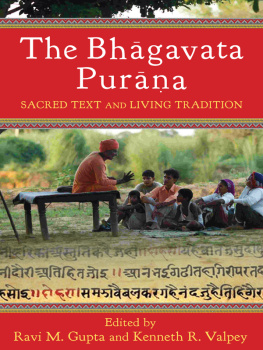Oxford University Press is a department of the University of Oxford. It furthers the Universitys objective of excellence in research, scholarship, and education by publishing worldwide. Oxford is a registered trade mark of Oxford University Press in the UK and certain other countries.
198 Madison Avenue, New York, NY 10016, United States of America.
All rights reserved. No part of this publication may be reproduced, stored in a retrieval system, or transmitted, in any form or by any means, without the prior permission in writing of Oxford University Press, or as expressly permitted by law, by license, or under terms agreed with the appropriate reproduction rights organization. Inquiries concerning reproduction outside the scope of the above should be sent to the Rights Department, Oxford University Press, at the address above.
You must not circulate this work in any other form and you must impose this same condition on any acquirer.
Contents
,
,
,
,
,
,
,
,
,
,
,
,
,
,
,
,
,
,
I first encountered Svasthn while looking for a topic for my final independent project as an undergraduate study-abroad student in Nepal. I did not expect for that project to be the beginning of a twenty-year journey with the Goddess, much less one that would culminate in this book. In preparing for, researching, and writing this monograph, I have accumulated a great debt to many people and institutions, more than can be named here. My thanks to those who go unnamed but who certainly are not forgotten.
At the heart of this project are the people of Nepal and especially those of the town of Sankhu, who welcomed me as not only a researcher but as a daughter, sister, auntie, and friend. This project would not have been possible without their openness and generosity. In particular, I would like to thank Prakash Man Shrestha and Prabin Rj Shrestha for their continued gifts of time, tireless help in facilitating connections in Sankhu and elsewhere, and wealth of local knowledge. They and their wonderful families took me in, fed me, and have given me a home away from home. Nhucche My Pikha, my Sankhu baje (grandmother) who is no longer with us, gave me the best room in her house, which offered a birds-eye view of Sankhus main bazaar and its daily ritual activities. Her good humor and Newar snacks fortified me daily. I am grateful to Bhupendra Man Shrestha for his quiet insights and memories, and am inspired by his artistic passion, entrepreneurship, and devotion. I thank the chairmen and members of the Shr Janak Jnak Siddhrtha Dharma Karma Sev Sangh and the Shree Madhv Nryan Svasthn Vrata tatha Slinad Sudr Smiti (in its various incarnations over the years), who facilitated my research in numerous ways. To the dozens of families who welcomed me into their homes for chiya and conversation, and generously allowed me to photograph their Svasthnvratakath (SVK) texts, I offer a heartfelt thank you. This project began long before the 2015 earthquakes that caused incomprehensible damage and loss of personal property in Sankhu, but it is my hope that this book may serve as a humble building block as Sankhu residents draw strength and knowledge from their rich cultural heritage to rebuild their lives, homes, and future.
I owe a tremendous debt to Kathmandus many archives and libraries, where I have spent countless hours and which have yielded not only invaluable manuscripts but contact with many knowledgeable individuals who graciously accommodated my frequent visits and ensured their productivity. I am grateful for the kindness and patience of Govinda Ghimire, Jyoti Neupane, and Manohar Ll Shrestha at the National Archives of Nepal, Rja Shakya and Sharad Br Kas at sh Saph Kuthi, and Manikamana Vajrchrya at Kaiser Library. I thank these archives, and also Madan Puraskr Pustaklaya, for making copies of SVK manuscripts available to me or allowing me to photograph them, and permitting reproduction of SVK folios in this book. I also thank the now-closed Nepal Research Centers wonderful staff, including former Directors Diwakar Acharya and Dragomir Dimitrov, as well as Bhim Prasd Khandel, who kindly puzzled through Sanskrit-language SVK texts with me. In particular I must thank Kshnth Tamot, with whom I worked closely on translating specific SVK texts and who has been a valuable resource for many other aspects of my research.
I cannot fully express my gratitude to Jwala Sthpit Tuldhar, my Classical Newar teacher and friend, whose language lessons and translation assistance I always looked forward to because her enthusiasm is contagious and her knowledge enviable. Geeta Mnandhar has also been my teacher, researcher, and friend, ready for any undertaking I propose and without whose initial help I may not have landed in bajes house in Sankhu.
I am also indebted to the many Nepali scholars, authors of contemporary SVK books, and interlocutors who have generously shared their time and insights with me over the years: K. P. Malla, Satya Mohan Joshi, Govinda Tandan, Aishwaryadhar Sharm, Chatrabahdur Kyastha, Baladev Juju, Maheshwar Juju Rjopdhyy, Surya Chandra Bade Shrestha, Dilli Raj Sharma, Tek Bahadur Shrestha, Mira Mishra, Chaitanya Mishra, and other faculty at the Centre for Nepal and Asian Studies at Tribhuvan University. I am grateful to the many girls and women with whom I have spokenbriefly or at length, in Sankhu, Kathmandu, or elsewhere, at their home, office, coffee shop, temple, or along a footpathwho shared with me their experiences of Svasthn and so much more.
Insightful and motivating conversations with many other friends, colleagues, and mentors have been instrumental at different stages. I extend a heartfelt thanks to Wendy Doniger, Matthew Kapstein, and Yigal Bronner, who were all integral to the success of the first iteration of this project at the University of Chicago, and to Theodore Riccardi Jr., whose guidance at the outset of my research in Nepal was formative. Mark Flummerfelt celebrated every research finding with me as if it were his own and not infrequently found unexpected research-related items for me, always gave me a place to stay and something to think about, and passed the time with me during Nepals frequent bandhs in the mid-2000s. Megan Adamson Sijapati, my dear friend, favorite intellectual conversational partner, and collaborator, has been a constant source of inspiration, motivation, and sanity with her thoughtful questions, attention to detail, and sense of humor. I also thank Luke Whitmore and Beth Rohlman for our ongoing conversations and Tom Robertson, Mark Turin, Sienna Craig, Sara Shneiderman, Mary Cameron, and Heather Hindman for their continued support.

